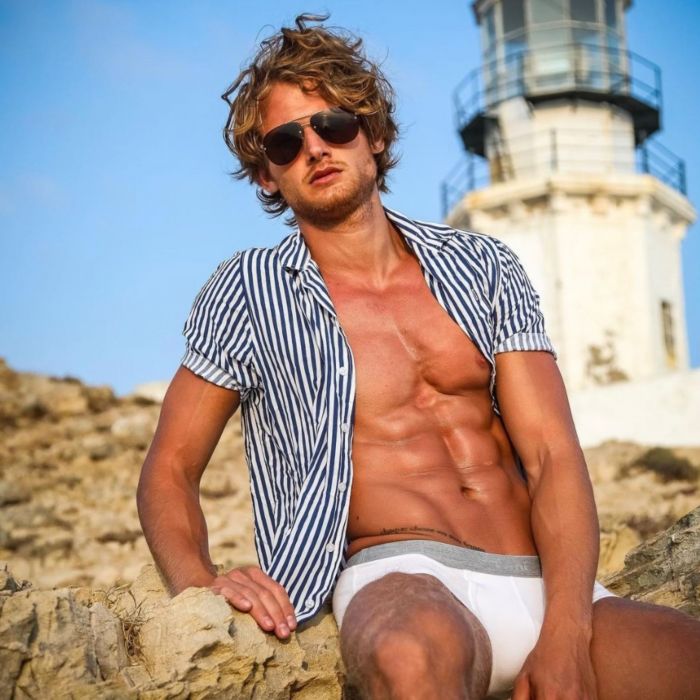1) Chtchoukine collection in Fondation Louis Vuitton (until february 20th)
This breathtaking exhibition is exceptional and unique in more ways than one. First, the collector himself : a russian moghul of textile in the ending 19th century, who formed his eyes traveling Asia, Africa and India, selecting motifs and managing stocks for the family company. He started to collect french Art when he was 44, thanks to his brother Ivan who settled down in Paris and introduced him to famous art dealer Durand-Ruel. Then the way he collected : he had a great intuition of what was important for the development of Art and acquired sometimes against his own taste works by Matisse or Picasso which were also highly contested by critics and public. It happened he wrote to Matisse : ” I hope I will like one day your work” ! Or said about Picasso : “He’s right, I’m wrong”. As soon as 1907 he had the project to offer his collection to Moscow and opened it to the public a year later, giving tours to amateurs he received in his splendid mansion-former Palace Troubetskoy-like the russian avant-garde including Malevitch, Larionov, Rodtchenko.. . Finally the destiny of the collection : after the October Revolution, it was nationalized, transformed, mixed with Morosov collection and then divided in 1948 between Moscow, in Pouchkine museum, and Saint Petersburg, in the Ermitage museum. Meanwhile Chtchoukine fled from Moscow in 1918 and settled down in Paris where he lived discreetly until his death in 1936, leaving his collection behind him for ever. This exhibition is a rare opportunity to see half of the original ensemble gathered for the first time since it had been divided and to admire this unique journey of an outstanding project created only in 15 years for the essential, from 1898 to 1914, including famous masterpieces by Monet, Gauguin, Cézanne, Picasso, Matisse… and telling the story of western modern art !
Gauguin-Vairumati Tei Oa – 1892
2) Magritte in Pompidou Center (until january 23rd)
If you still think that Magritte was a surrealist painter, run and see this clever exhibition that will surprise you !
The tone is set with 3 paintings exhibited at the entrance showing self-portraits ( or assimilated) as a philosopher. The belgium artist wanted to show that a painter was able to express ideas with images, calling into question this old conflict between words and images, established since the antiquity through the story of Moses and the Tables of Law, or the famous myth of grotto told by Platon, where images were always considered to be suspicious and under reality or truth. With his subversive humour and ability to create unexpected images, using a logical process only- almost mathematical- from 1932 onwards, which was by the way at the opposite of dream state and unconsciousness used by surrealist, Magritte wanted to evoke the mystery of life, present in our daily reality. Other topics, proper to art history and the creation of images are present in this exhibition, such as the importance of shadows in Magritte’s works, related to the story of Dibutade and the invention of portrait or the seek of perfect proportions through selection, fragmentation and recomposition where a parallel with Zeuxis (when he wanted to create the best portrait of Helena) is drawn.
This angle of view cast unprecedent light on Magritte images, so clever, sharp and powerful that one might says : Ut pictura philosophiae !

Magritte- Les 6 Eléments- 1928
3) Bahaus in Decorative Art Museum (until febrary 26th)
Going back to the roots ! All about this legendary school that set up the golden rules of actual design and blossomed in 1919 in Germany, before being stopped by the accession to power of nazis in 1933. We start from sources of inspiration with mingei style in japan and Wiener werkstätte in Austria to finish with actual designers and fashion designers still under the influence of the mythic german mouvement who wanted to abolish borders between craftmanship and art, celebrating know-how and fine arts theories. Among the most renowned masters who taught there and left a strong print we find Kandinsky, Klee, Albers…The exhibition is complete and doesn’t forget to show also the relations of Bauhaus with modern dance and choreography. That makes ” The Spirit of Bauhaus” a must see in Paris !

Josef Albers-Aufwärts 1926-( glass)




